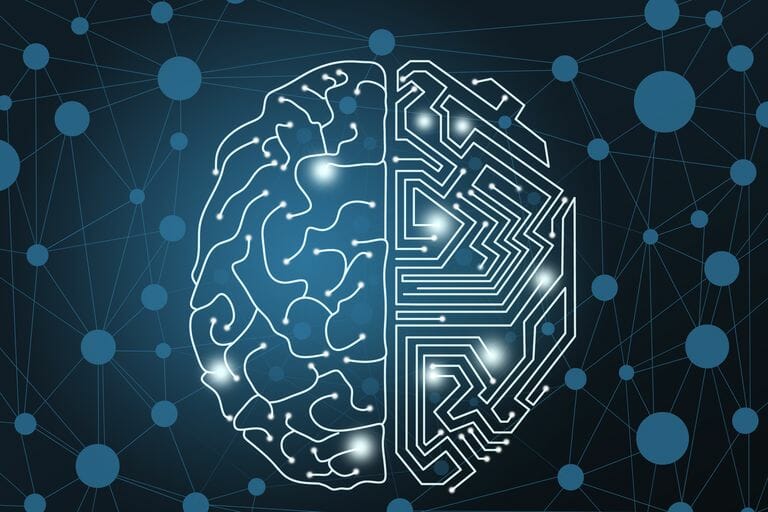
Though AI is revolutionizing the listening experience for hearing aid users, its greatest potential may be the ability to make hearing aids desirable, thereby removing the stigma of use and reaching more patients with hearing loss than ever before. “Anything that makes patients’ lives a little easier is going to improve the acceptance of that device, and ultimately, overall patient care,” Torres said.
“AI technology will transform hearing aids from a device used by the hearing-impaired to something everybody can use that will help their daily lives,” Zeng added.
Lang predicted that the introduction of AI and ML capabilities such as language translation and motion detection will expand the hearing aid market because more people will want to benefit from such innovative solutions. “With the ability to directly stream music and movies to the ear, it’s now becoming cool to wear a hearing aid,” he said. “It’s a big shift because traditionally, hearing aids are not something patients want but something they need. As AI evolves to cover more solutions and benefits, the stigma will disappear.”
“Increasingly, we are moving away from one-size-fits-all predicted solutions and toward solutions that are patient-centered, taking into account individual, social, psychological, and physical capabilities and needs to create a truly human-driven hearing health care model,” Schum said.
Fabry added that connected hearing aids are now multipurpose, multifunction devices that provide exceptional auditory benefits and have the ability to allow hearing aid users to become connected to the world. “It’s fundamental that we never forget that we are not just working on technology that goes into hearing aids, but also working on providing better hearing and, in doing so, enabling people to live better in any stage of their lives.”